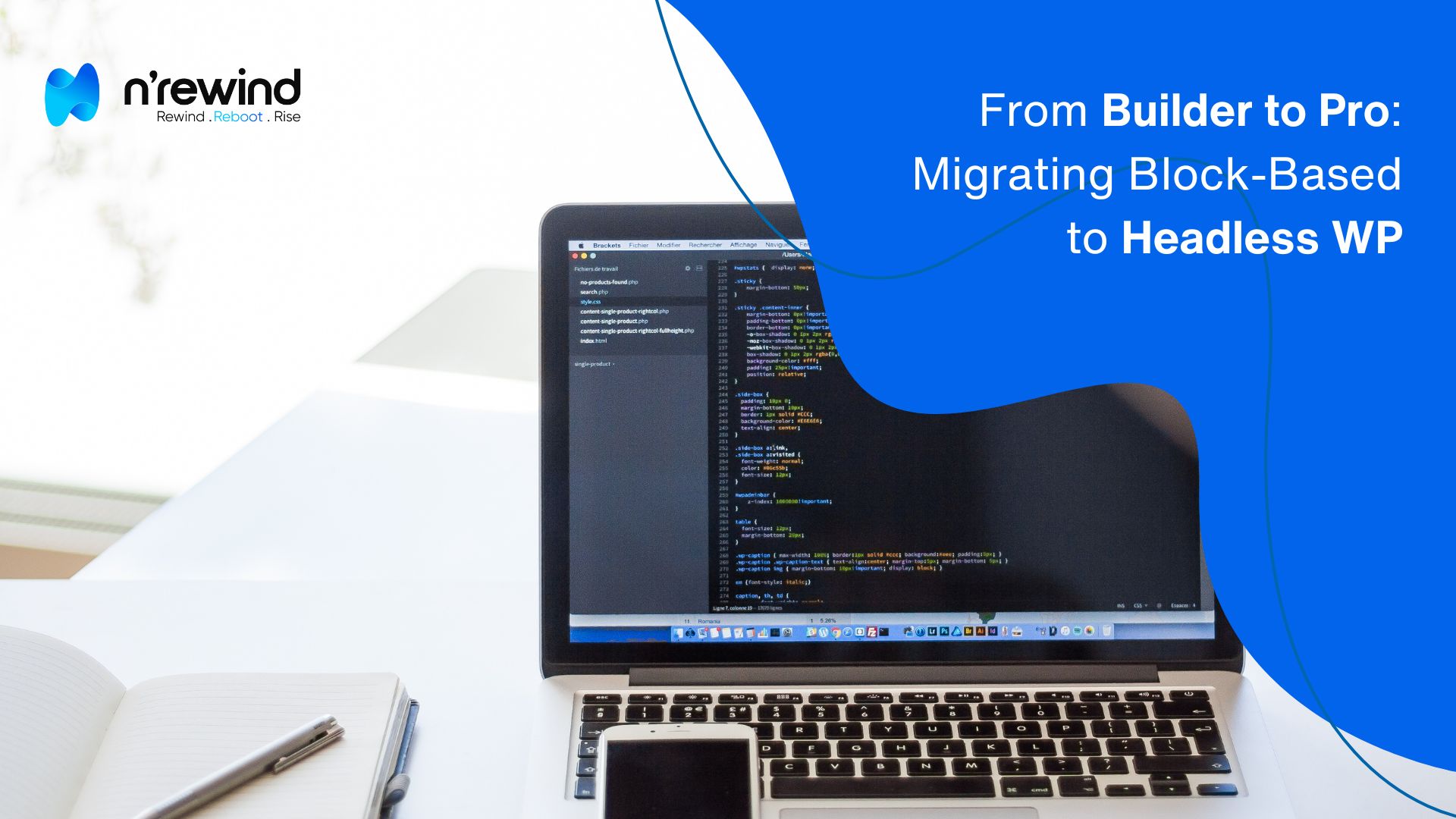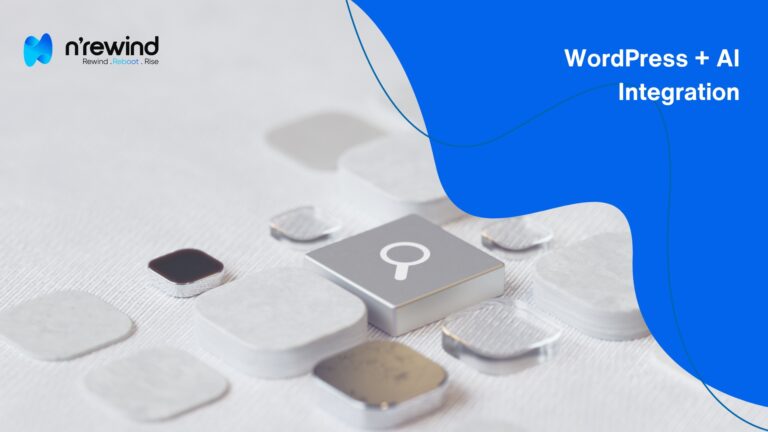Block-based page builders like Gutenberg, Elementor, and Divi have made designing WordPress sites easier than ever. But as your site grows, you might encounter speed limitations, inflexible designs, or the need for more advanced integrations. That’s when migrating to a headless WordPress setup becomes the pro move.
Whether you’re after performance gains or design freedom, NRewind Technologies can help you transition seamlessly to a future-proof architecture.
1. Why Go Headless?
A headless WordPress separates your backend (content management) from your frontend (site display), letting you use modern frameworks like React, Vue, or Next.js for your user-facing layer.
Benefits include:
- Faster load times with decoupled architecture.
- Developer freedom to create unique interfaces.
- Better scalability for growing traffic.
- Multi-channel publishing for web, apps, and beyond.
2. Assess Your Current Setup
Before starting the migration:
- Audit plugins that rely on your block builder’s rendering.
- Identify theme dependencies that will need replacing.
- Map out your SEO structure to avoid ranking drops.
Our WordPress web development services cover full site audits before migration so nothing gets missed.
3. Choose Your Tech Stack
Your frontend framework will define your site’s capabilities. Popular options include:
- Next.js – Fast, SEO-friendly, and flexible.
- Gatsby – Great for high-performance static sites.
- Nuxt.js – Vue-based with strong dynamic content handling.
Whichever you choose, you’ll likely integrate it with WPGraphQL or the REST API. For complex builds, our WordPress web development services ensure the frontend and backend work seamlessly together.
4. Migration Process
- Set up the headless environment on a staging server.
- Install WPGraphQL (or enable REST API) on your WordPress backend.
- Build the frontend with your chosen framework.
- Map content types from block-based pages to new components.
- Run SEO checks to preserve URLs, metadata, and schema.
- Test, optimize, and deploy when ready.
5. SEO & Performance Considerations
- Keep permalinks and set up 301 redirects if needed.
- Use SSR (server-side rendering) or SSG (static site generation) for SEO benefits.
- Leverage a CDN for faster global delivery.
- Optimize images for WordPress without losing quality to keep your new site light and fast.
6. When to Call in Experts
Migrating to headless can be complex-especially for eCommerce, multilingual sites, or custom integrations. In such cases, it’s worth working with specialists.
For example, if your store runs WooCommerce, our WooCommerce optimization tips blog shows how we improve both performance and sales.
Whether it’s a small site or enterprise-level project, NRewind Technologies handles the entire process end-to-end.
Conclusion
Switching from a block-based WordPress builder to a headless setup gives you unmatched speed, flexibility, and scalability. With the right plan, technology, and expertise, you can deliver a cutting-edge user experience without sacrificing SEO or stability.
If you’re ready to take your WordPress site to the next level, contact NRewind Technologies today and let’s start building your headless future.
"Upgrade from block-based WordPress builders to a powerful headless setup for speed, scalability, and design freedom. Learn the step-by-step migration process, key SEO considerations, and best tech stacks. Partner with NRewind Technologies to future-proof your website."




